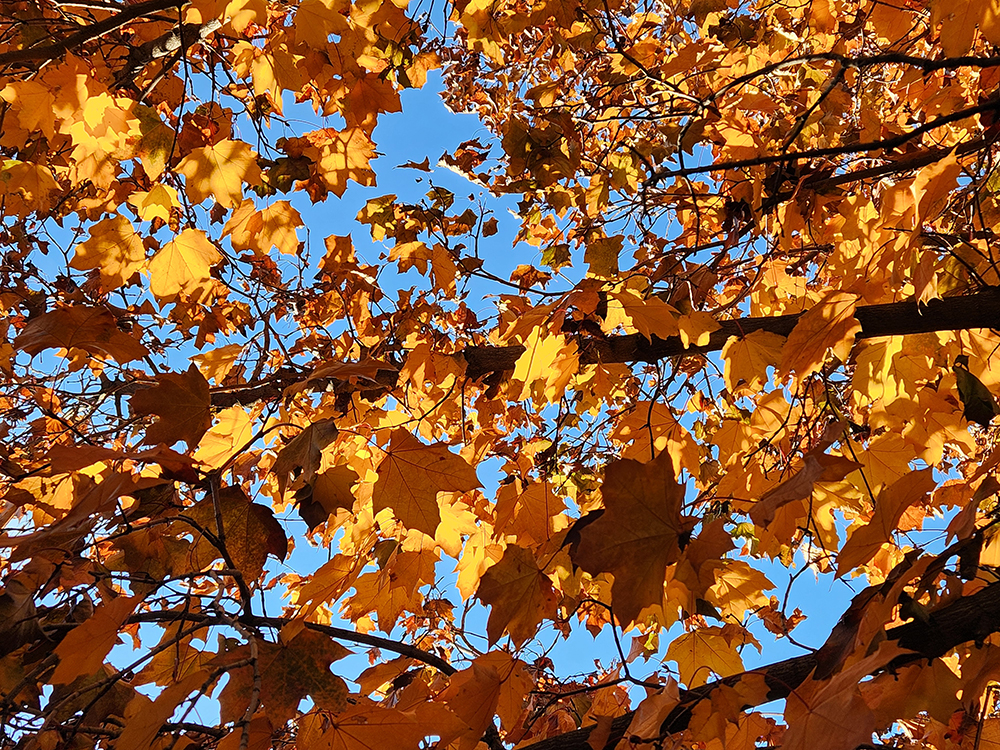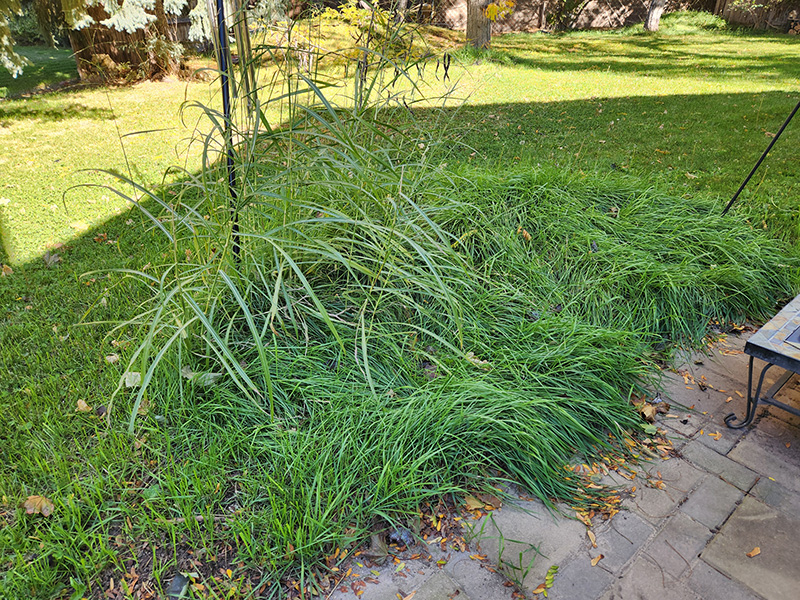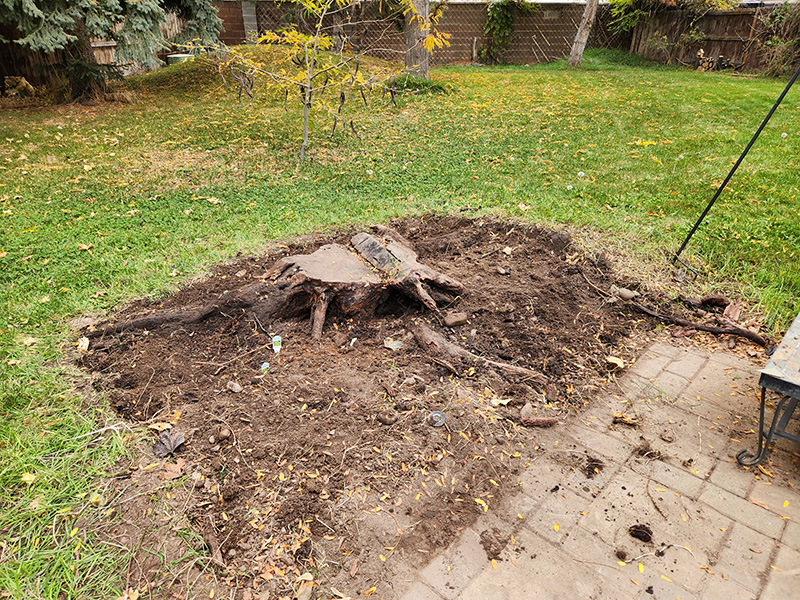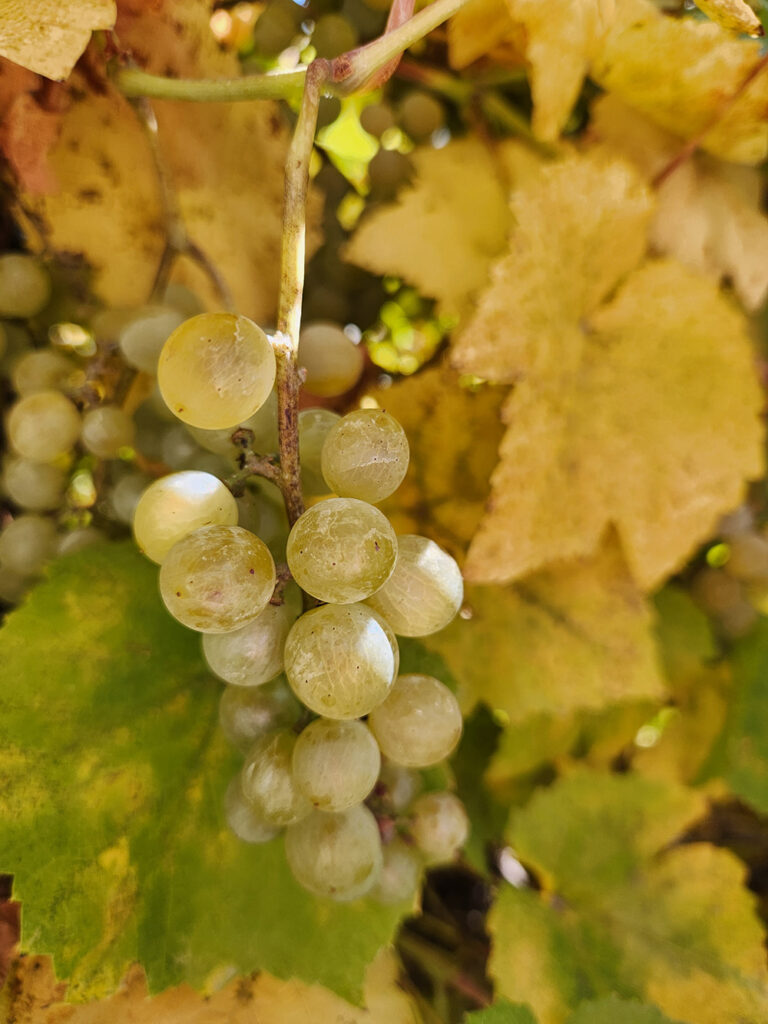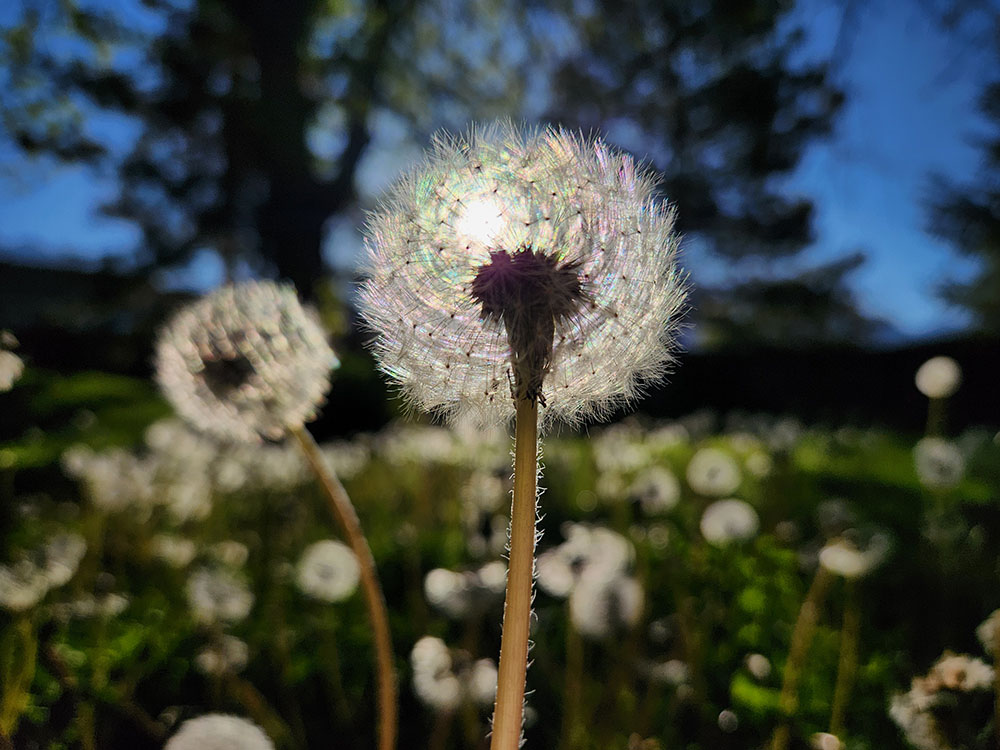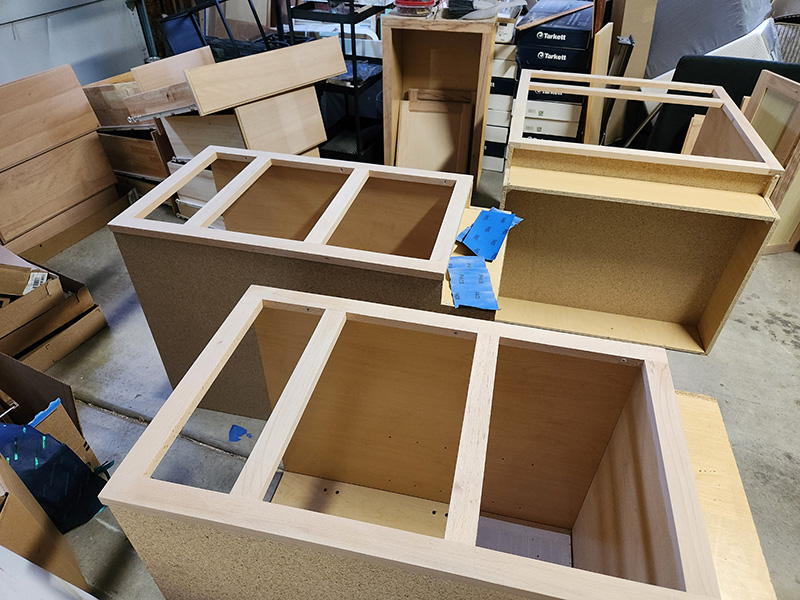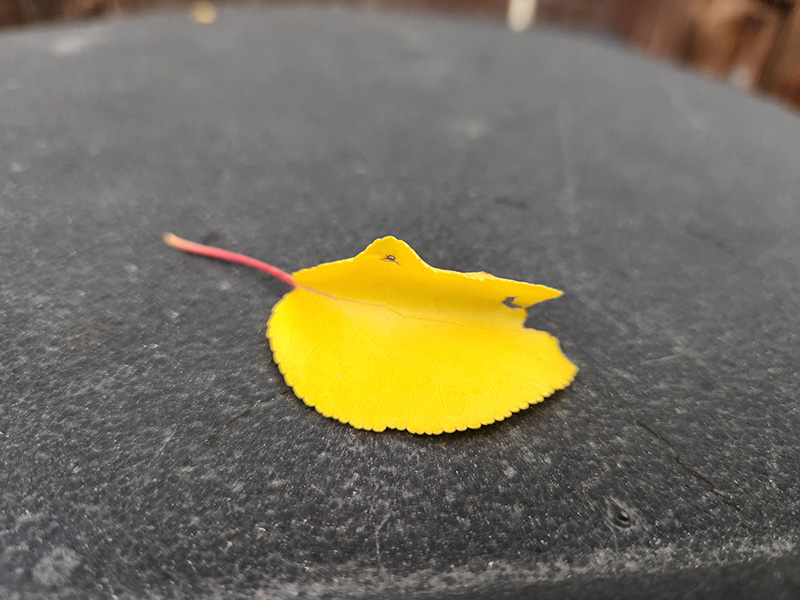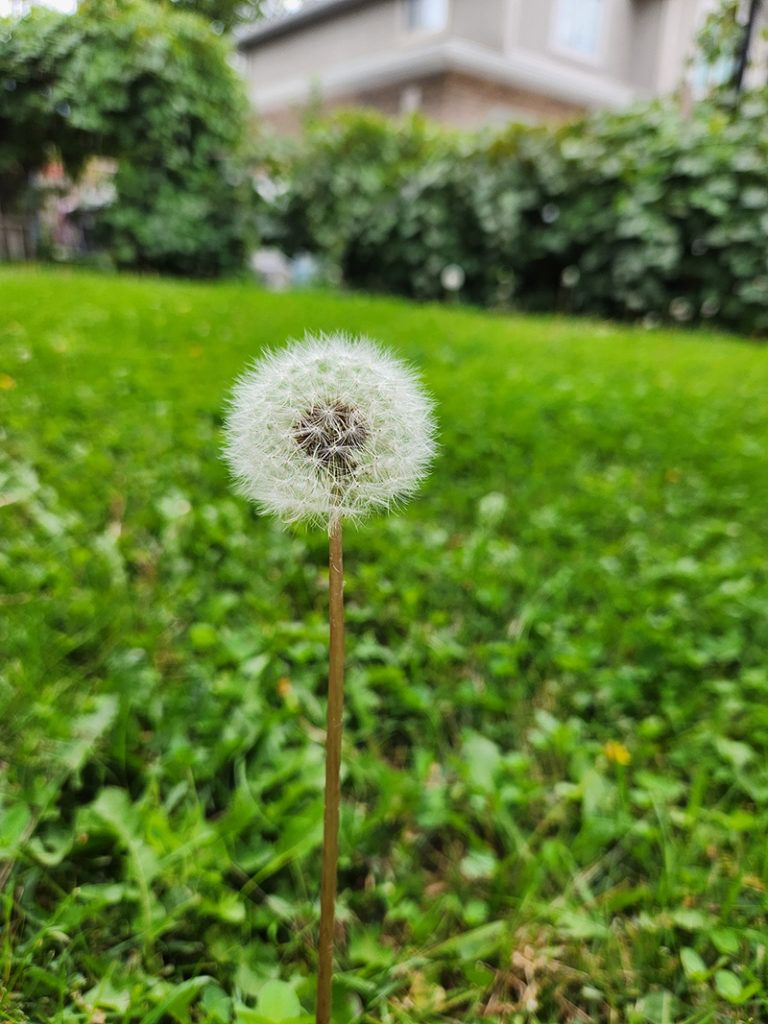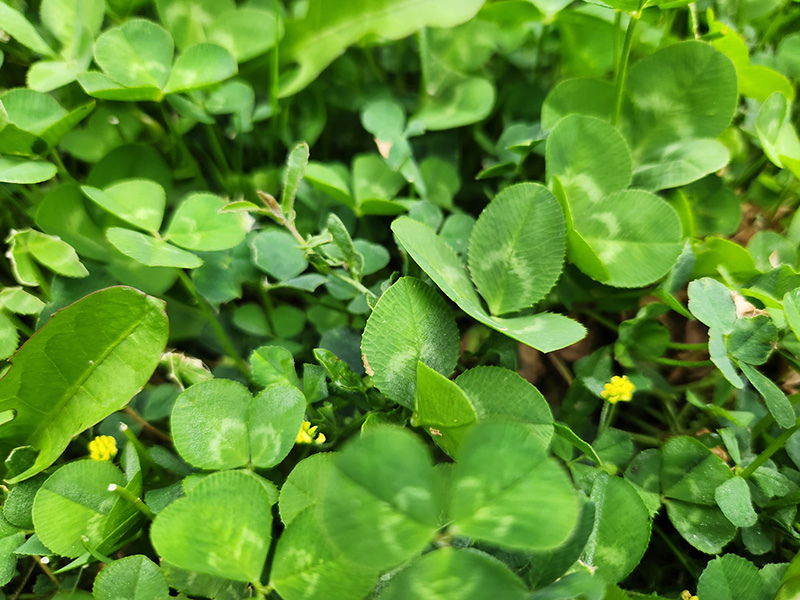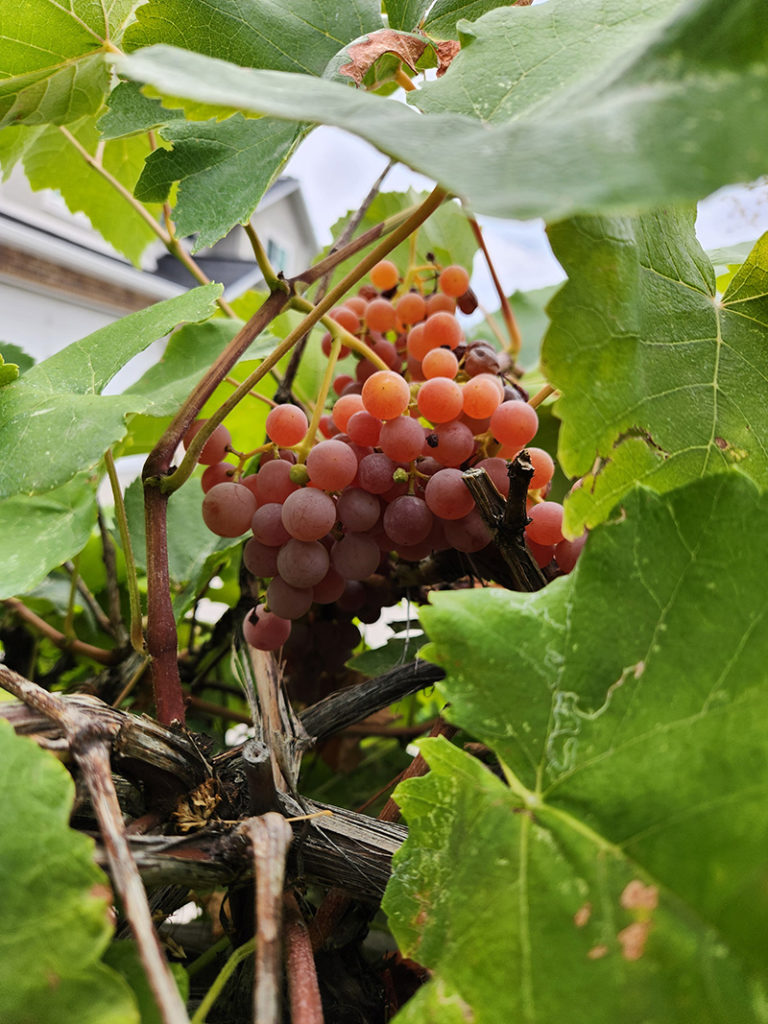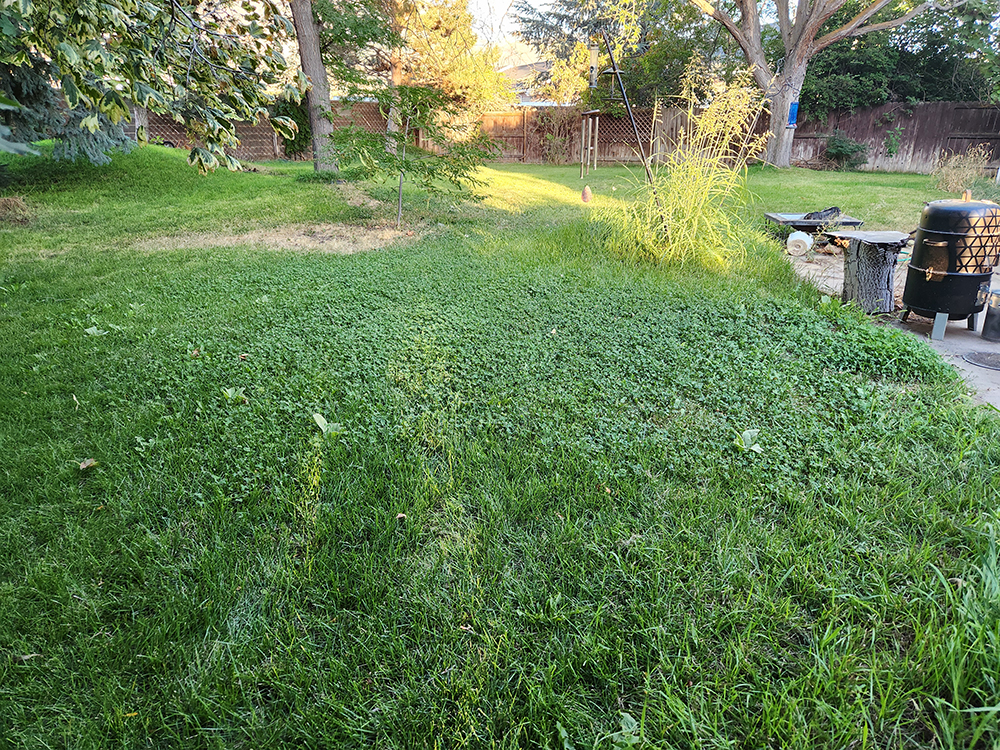Fall Leaves
The leaves are mostly gone from most of my trees. The red maple still has half its load to drop, but the blanket across the lawn is already thick and I need to rake it before the rain comes and flattens everything into a sodden lawn-killling mass. So I gear up and rake leaves into a giant pile. When the kids were younger they would jump in these piles. One year my son created raked leaf art by using different colors from different trees to outline pictures on the lawn. This year it is just me, the pull of the leaves against the rake and the shuffling, hushed sound of the leaves against each other. I don’t mind being alone with the leaves and the cool air. Not this year.
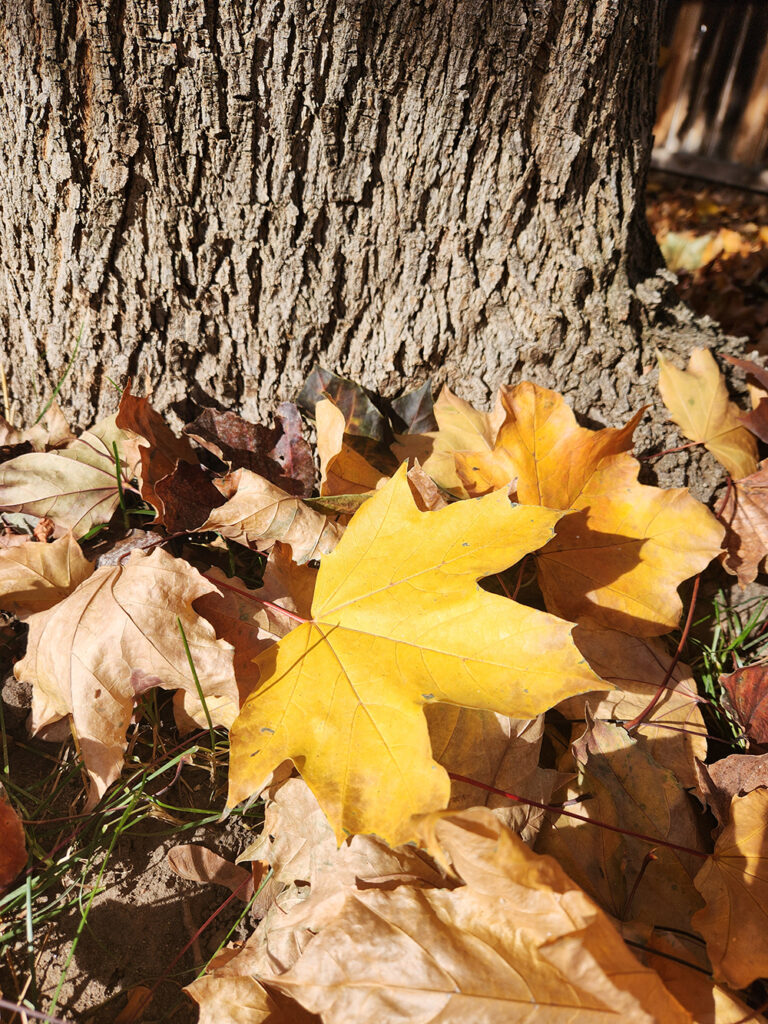
This years leaves have gorgeous colors. They don’t always. Some years the frost hits early and the leaves are brown before they hit the ground. This year shades of yellow, gold, orange, and red toss among the brown. I keep seeing leaves that are so beautiful I consider collecting them and attempting to preserve their color. Instead I take a few pictures and let them continue their cycle of usefulness rather than encasing them with chemistry. The beauty of leaves does not end when they fall from the tree. This pile will enrich the spot in my yard that I hope to turn into a garden. I carry the plan of that garden in my head. I have for years. Perhaps next year it will actually happen.
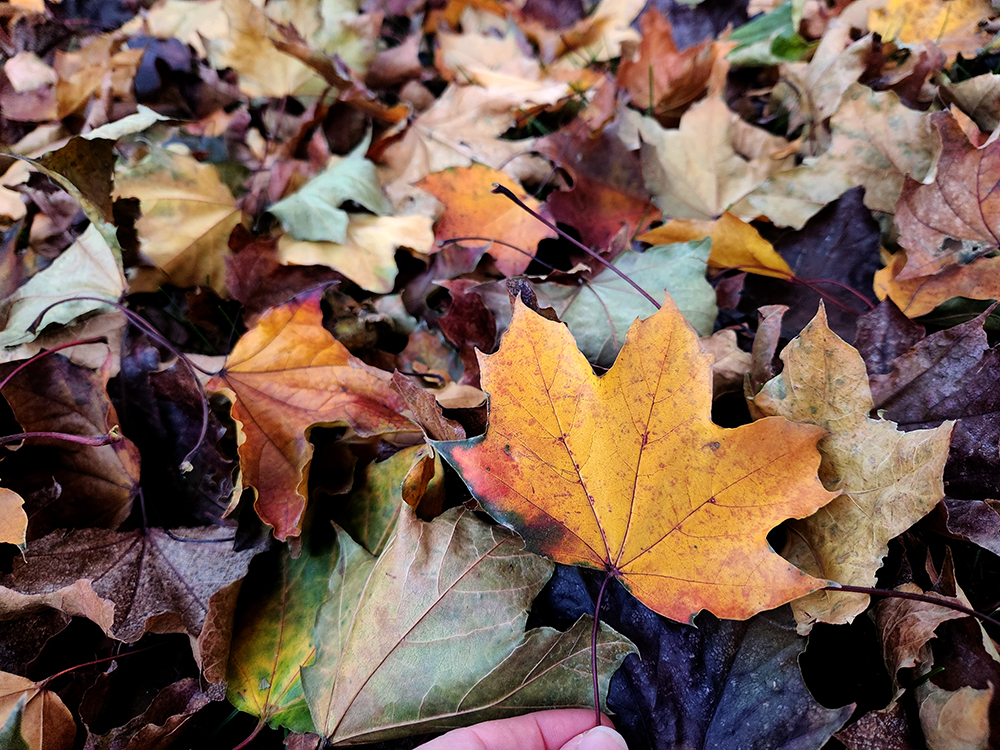
Sometimes I experience fall as a season of impending doom, because I know that the darkness of winter is coming. This year I’m finding joy in the harvest and the fall colors. I’m even relishing the melancholy feeling of watching the green fade away as plants preserve their energy for the winter. I think about life cycles and how retraction is part of the process of living. I think about how the leaves must fall in order to allow the tree to survive until spring. I don’t like some of these thoughts because they connect me to some of the griefs I carry, friends with terminal diagnoses, my aging parents, health challenges, all the hard things that no one wants to sign up for, but which come to us all eventually. The hard things are easier to carry when I can find beauty and necessity in them. I can’t always. Sometimes hard is just hard.
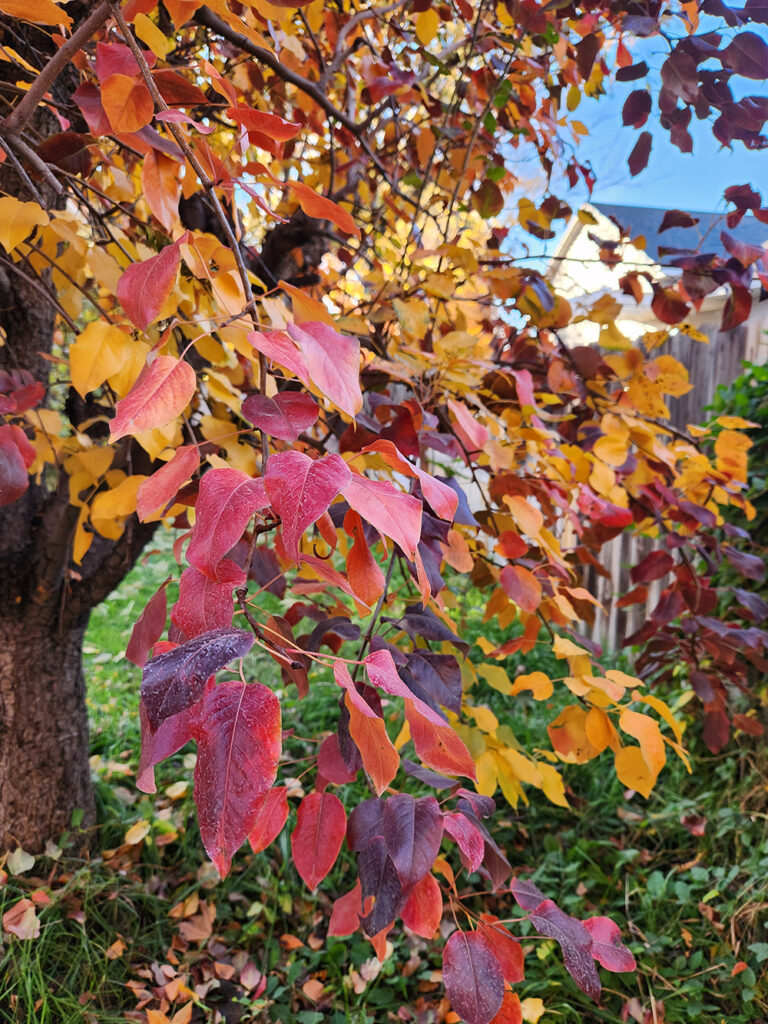
But not today. Today the fallen leaves are gorgeous and I have enough strength to get them moved from lawn to pile. I even take a moment to shuffle into the pile and lay down for a moment, feeling the prickle of the leaves as I stare up at the sky. It is wide and blue, full of bright contrast for the leaves that remain on the tree above me. Today there is beauty.
